The demise of YouTube is a sad and backward story about a platform turning its back on the independent content creators who helped build it up in favor of promoting legacy and corporate media outlets. They do this primarily by:
- Manipulating search algorithms to artificially boost content from channels they label as “authoritative” while burying other content that would have been found organically.
- Controlling where money flows by revoking monetization from smaller, independent content creators for absurd reasons.
Next Level Shadow Banning
YouTube gets caught shadow banning channels and videos all the time now. However, they really took this shady practice to another level. On September 30, 2019, Steven Crowder published evidence that YouTube was shadow banning his channel only in the United States. He and many others warned that if they could do this to him, the largest conservative channel on the platform, they will do it to anyone. Sure enough, less than a month later, in what is perhaps the clearest example of election interference, YouTube was caught doing the exact same thing to Tulsi Gabbard, a Democratic presidential candidate and current US congresswoman.
Unreliable Monetization
There are many instances of creators being demonetized on YouTube en masse, but there are two examples that stand out quite a bit.
In the beginning of 2017, an advertiser boycott triggered what came to be known as the Adpocalypse when YouTube caved to the boycott by demonetizing a massive amount of channels of all kinds. Additionally, YouTube raised the eligibility requirements for the Parter Program so that YouTube could, in their own words, “ensure revenue only flows to creators who are playing by the rules.”
In June of 2019, after a Vox employee claimed YouTube profits off of “hate speech”, YouTube caved and tried to appease him by demonetizing dozens of channels that they claimed contained “hate speech.” This came to be known as the Vox Adpocalypse.

 Odysee Adds Hyperchats to Livestreaming
26 Apr 2021
Odysee Adds Hyperchats to Livestreaming
26 Apr 2021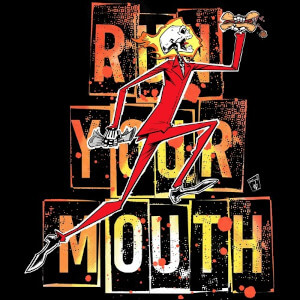 YouTube Removes Episode of Run Your Mouth for 'Medical Misinfo'
26 Apr 2021
YouTube Removes Episode of Run Your Mouth for 'Medical Misinfo'
26 Apr 2021 YouTube Suspends Michelle Malkin
23 Apr 2021
YouTube Suspends Michelle Malkin
23 Apr 2021 Google & YouTube Ban Mark Collett
22 Apr 2021
Google & YouTube Ban Mark Collett
22 Apr 2021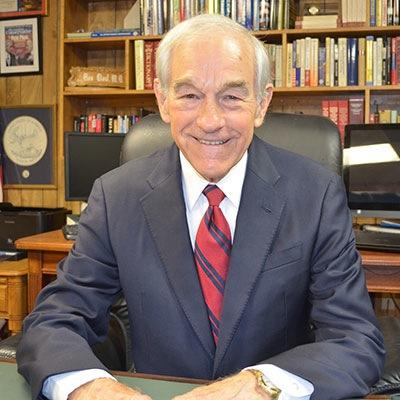 YouTube Removes Yet Another Liberty Report for 'Medical Misinfo'
20 Apr 2021
YouTube Removes Yet Another Liberty Report for 'Medical Misinfo'
20 Apr 2021 Michael Mitnick Deletes His YouTube Channel on an Odysee Livestream!
16 Apr 2021
Michael Mitnick Deletes His YouTube Channel on an Odysee Livestream!
16 Apr 2021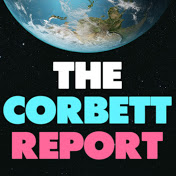 YouTube Bans The Corbett Report
9 Apr 2021
YouTube Bans The Corbett Report
9 Apr 2021 YouTube Censors Public Health Roundtable Hosted by Gov. DeSantis
7 Apr 2021
YouTube Censors Public Health Roundtable Hosted by Gov. DeSantis
7 Apr 2021 YouTube Demonetizes Justin Opinion
3 Apr 2021
YouTube Demonetizes Justin Opinion
3 Apr 2021 YouTube Bans Patrick Coffin
31 Mar 2021
YouTube Bans Patrick Coffin
31 Mar 2021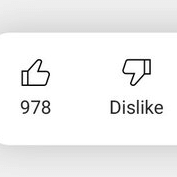 YouTube Starts Testing Hidden Dislike Counts
30 Mar 2021
YouTube Starts Testing Hidden Dislike Counts
30 Mar 2021 YouTube Removes Clearly Satirical Vaccine "Conspiracy Theorist" Video
29 Mar 2021
YouTube Removes Clearly Satirical Vaccine "Conspiracy Theorist" Video
29 Mar 2021 YouTube Removes Crowder's Lockdown Anniversary Show
17 Mar 2021
YouTube Removes Crowder's Lockdown Anniversary Show
17 Mar 2021 YouTube Removes Episode of Flagrant2 with Alex Jones
17 Mar 2021
YouTube Removes Episode of Flagrant2 with Alex Jones
17 Mar 2021 Dave Cullen Reaches 100k Subscribers on BitChute!
8 Mar 2021
Dave Cullen Reaches 100k Subscribers on BitChute!
8 Mar 2021 Styxhexenhammer666 Reacehs 25 Million Total Views on Bitchute!
4 Mar 2021
Styxhexenhammer666 Reacehs 25 Million Total Views on Bitchute!
4 Mar 2021 YouTube Removes Trump's CPAC Speech & Suspends RSBN
4 Mar 2021
YouTube Removes Trump's CPAC Speech & Suspends RSBN
4 Mar 2021 Netflix & YouTube Suppress Upper Echelon's Review of "I Care A Lot"
3 Mar 2021
Netflix & YouTube Suppress Upper Echelon's Review of "I Care A Lot"
3 Mar 2021 YouTube Bans CoinDesk (Reinstated)
25 Feb 2021
YouTube Bans CoinDesk (Reinstated)
25 Feb 2021 YouTube Bans Rachel Reenstra
24 Feb 2021
YouTube Bans Rachel Reenstra
24 Feb 2021 YouTube Demonetizes Niko House
4 Feb 2021
YouTube Demonetizes Niko House
4 Feb 2021 YouTube Demonetizes CyberDemon531
3 Feb 2021
YouTube Demonetizes CyberDemon531
3 Feb 2021 YouTube Demonetizes Franc Analysis
3 Feb 2021
YouTube Demonetizes Franc Analysis
3 Feb 2021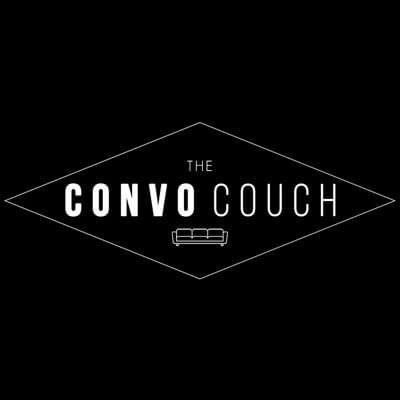 YouTube Demonetizes The Convo Couch
3 Feb 2021
YouTube Demonetizes The Convo Couch
3 Feb 2021 YouTube Demonetizes the Progressive Soapbox
3 Feb 2021
YouTube Demonetizes the Progressive Soapbox
3 Feb 2021 YouTube Demonetizes Graham Elwood
2 Feb 2021
YouTube Demonetizes Graham Elwood
2 Feb 2021 YouTube Bans Ryan Dawson
27 Jan 2021
YouTube Bans Ryan Dawson
27 Jan 2021 YouTube Removes Videos of Doctors Testifying in Senate Hearing
27 Jan 2021
YouTube Removes Videos of Doctors Testifying in Senate Hearing
27 Jan 2021 YouTube Bans Jason Liosatos
24 Jan 2021
YouTube Bans Jason Liosatos
24 Jan 2021 YouTube Demonetizes The Epoch Times
20 Jan 2021
YouTube Demonetizes The Epoch Times
20 Jan 2021 YouTube Bans Trump
12 Jan 2021
YouTube Bans Trump
12 Jan 2021 YouTube Bans Anna Brees
25 Dec 2020
YouTube Bans Anna Brees
25 Dec 2020 Gab Launches GabTV (a YouTube Alternative)
21 Dec 2020
Gab Launches GabTV (a YouTube Alternative)
21 Dec 2020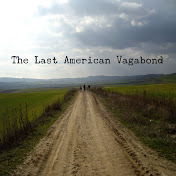 YouTube Removes Last American Vagabond Video on Vaccine Trust
18 Dec 2020
YouTube Removes Last American Vagabond Video on Vaccine Trust
18 Dec 2020 Diamond and Silk Exceed YouTube Sub Count on Rumble
12 Dec 2020
Diamond and Silk Exceed YouTube Sub Count on Rumble
12 Dec 2020 YouTube Removes Scott Adams Episode 1213
11 Dec 2020
YouTube Removes Scott Adams Episode 1213
11 Dec 2020 Larry Sanger Announces YouTube Boycott
9 Dec 2020
Larry Sanger Announces YouTube Boycott
9 Dec 2020 YouTube Bans The Dollar Vigilante
9 Dec 2020
YouTube Bans The Dollar Vigilante
9 Dec 2020 Dan Bongino Exceeds YouTube Subscriber Count on Rumble
8 Dec 2020
Dan Bongino Exceeds YouTube Subscriber Count on Rumble
8 Dec 2020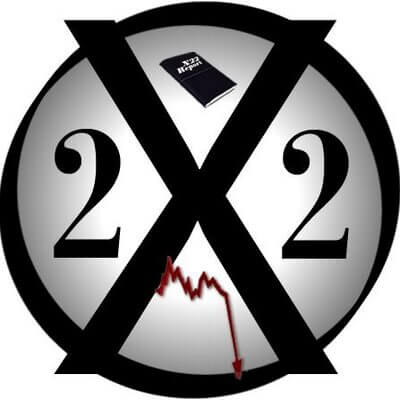 X22report Reaches 100k Subscribers on BitChute!
1 Dec 2020
X22report Reaches 100k Subscribers on BitChute!
1 Dec 2020 BitChute Achieves On-Going Monthly Funding Goal!
30 Nov 2020
BitChute Achieves On-Going Monthly Funding Goal!
30 Nov 2020 YouTube Removes Tom Woods COVID Cult Video
24 Nov 2020
YouTube Removes Tom Woods COVID Cult Video
24 Nov 2020 YouTube Suspends and Demonetizes One America News Network (OANN)
24 Nov 2020
YouTube Suspends and Demonetizes One America News Network (OANN)
24 Nov 2020 Infowars Reaches 100k Subscribers on BitChute!
18 Nov 2020
Infowars Reaches 100k Subscribers on BitChute!
18 Nov 2020 Rumble Trends #1 on Google Play
13 Nov 2020
Rumble Trends #1 on Google Play
13 Nov 2020 YouTube Removes Timcast IRL Episode With Alex Jones and Michael Malice
13 Nov 2020
YouTube Removes Timcast IRL Episode With Alex Jones and Michael Malice
13 Nov 2020 YouTube Bans The Conscious Resistance
24 Oct 2020
YouTube Bans The Conscious Resistance
24 Oct 2020 YouTube Bans Know More News
20 Oct 2020
YouTube Bans Know More News
20 Oct 2020 YouTube Removes 2nd White Coat Summit, Vimeo Bans AFLD
20 Oct 2020
YouTube Removes 2nd White Coat Summit, Vimeo Bans AFLD
20 Oct 2020 YouTube Bans MemoryHold
11 Oct 2020
YouTube Bans MemoryHold
11 Oct 2020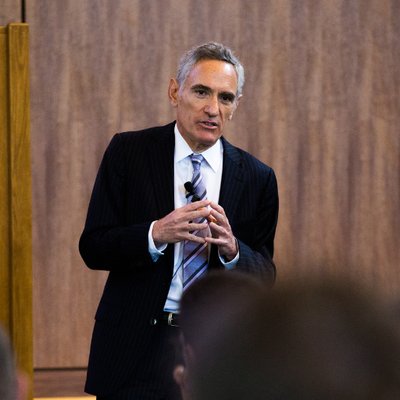 YouTube Removes Interview With Dr. Scott Atlas
13 Sep 2020
YouTube Removes Interview With Dr. Scott Atlas
13 Sep 2020 YouTube Bans Leafy
21 Aug 2020
YouTube Bans Leafy
21 Aug 2020 ShadowGate Censored
16 Aug 2020
ShadowGate Censored
16 Aug 2020 YouTube Bans The Highwire
30 Jul 2020
YouTube Bans The Highwire
30 Jul 2020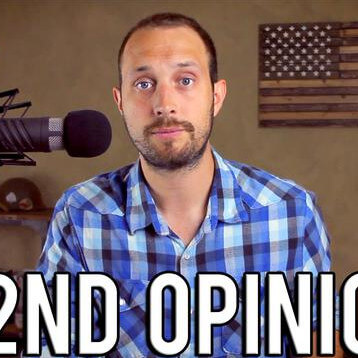 YouTube Removes Already-Censored Video by Matt Christiansen
29 Jul 2020
YouTube Removes Already-Censored Video by Matt Christiansen
29 Jul 2020 Facebook, YouTube & Twitter Censor The White Coat Summit
27 Jul 2020
Facebook, YouTube & Twitter Censor The White Coat Summit
27 Jul 2020 YouTube Bans Press For Truth (Reinstated)
14 Jul 2020
YouTube Bans Press For Truth (Reinstated)
14 Jul 2020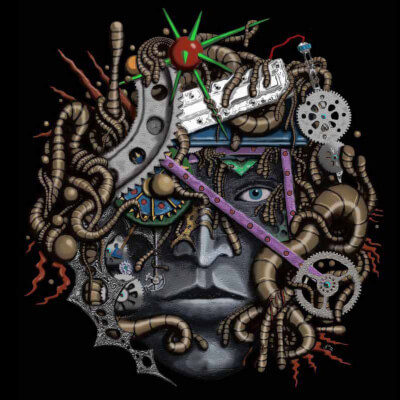 YouTube Bans TheCrowhouse
8 Jul 2020
YouTube Bans TheCrowhouse
8 Jul 2020 YouTube Bans Atheism-is-Unstoppable
1 Jul 2020
YouTube Bans Atheism-is-Unstoppable
1 Jul 2020 YouTube Bans Stefan Molyneux
29 Jun 2020
YouTube Bans Stefan Molyneux
29 Jun 2020 YouTube Bans Gavin Mcinnes
22 Jun 2020
YouTube Bans Gavin Mcinnes
22 Jun 2020 YouTube Removes Prof Knut Wittkowski Video
16 May 2020
YouTube Removes Prof Knut Wittkowski Video
16 May 2020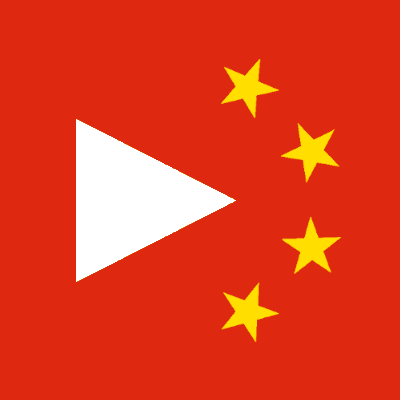 YouTube Accidentally Censors Phrases Critical of Chinese Communist Party
13 May 2020
YouTube Accidentally Censors Phrases Critical of Chinese Communist Party
13 May 2020 YouTube Demonetizes Jennifer Zeng
7 May 2020
YouTube Demonetizes Jennifer Zeng
7 May 2020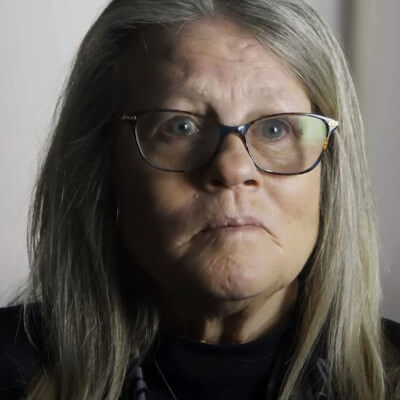 YouTube and Facebook Remove Plandemic - Part 1
6 May 2020
YouTube and Facebook Remove Plandemic - Part 1
6 May 2020 YouTube Bans David Icke
2 May 2020
YouTube Bans David Icke
2 May 2020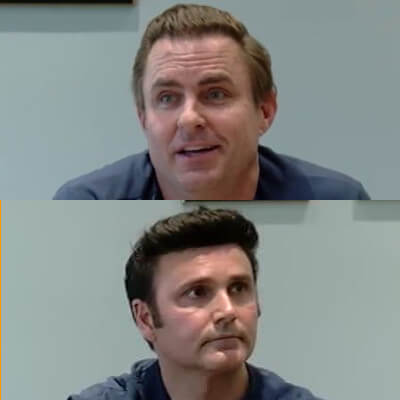 YouTube Removes Video of Dr. Erickson and Dr. Massihi
27 Apr 2020
YouTube Removes Video of Dr. Erickson and Dr. Massihi
27 Apr 2020 YouTube Demonetizes We Are Change
6 Apr 2020
YouTube Demonetizes We Are Change
6 Apr 2020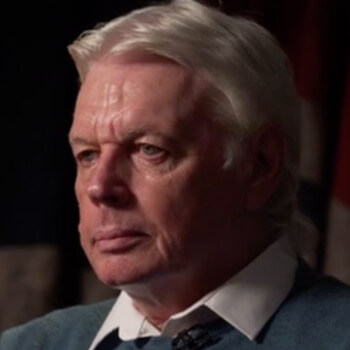 YouTube Removes Rose/Icke II
6 Apr 2020
YouTube Removes Rose/Icke II
6 Apr 2020 YouTube Bans Nick Fuentes
14 Feb 2020
YouTube Bans Nick Fuentes
14 Feb 2020 YouTube Removes Video of Sen. Rand Paul For Saying "Eric Ciaramella"
13 Feb 2020
YouTube Removes Video of Sen. Rand Paul For Saying "Eric Ciaramella"
13 Feb 2020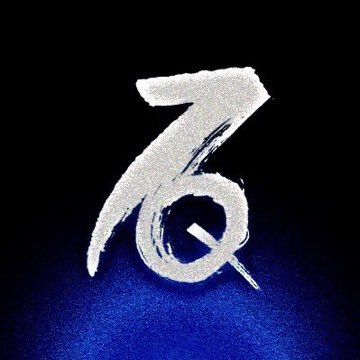 YouTube Issues Three False Strikes on a Single Video by Spaceshot76
23 Jan 2020
YouTube Issues Three False Strikes on a Single Video by Spaceshot76
23 Jan 2020 YouTube Re-Demonetizes News2Share
23 Dec 2019
YouTube Re-Demonetizes News2Share
23 Dec 2019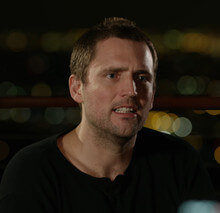 YouTube Bans Owen Benjamin
3 Dec 2019
YouTube Bans Owen Benjamin
3 Dec 2019 YouTube Pulls Beauty and the Beta Stream For Saying "Not Erica Ciaramella"
10 Nov 2019
YouTube Pulls Beauty and the Beta Stream For Saying "Not Erica Ciaramella"
10 Nov 2019 Facebook and YouTube Purge Any Mention of Eric Ciaramella As Alleged Whistleblower
7 Nov 2019
Facebook and YouTube Purge Any Mention of Eric Ciaramella As Alleged Whistleblower
7 Nov 2019 YouTube Removes Dr. Cretella's Gender Dysphoria Video
5 Nov 2019
YouTube Removes Dr. Cretella's Gender Dysphoria Video
5 Nov 2019 YouTube Bans Patriot Fire
29 Oct 2019
YouTube Bans Patriot Fire
29 Oct 2019 YouTube Deletes InfiniteElgintensity Video About Trans Cyclist
25 Oct 2019
YouTube Deletes InfiniteElgintensity Video About Trans Cyclist
25 Oct 2019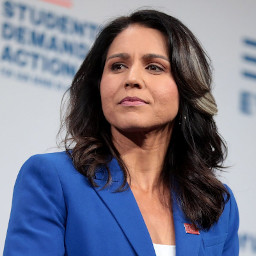 YouTube Shadow Bans Presidential Candidate Tulsi Gabbard in US *ONLY*
22 Oct 2019
YouTube Shadow Bans Presidential Candidate Tulsi Gabbard in US *ONLY*
22 Oct 2019 YouTube Bans James Allsup
26 Aug 2019
YouTube Bans James Allsup
26 Aug 2019 YouTube Bans Soph
1 Aug 2019
YouTube Bans Soph
1 Aug 2019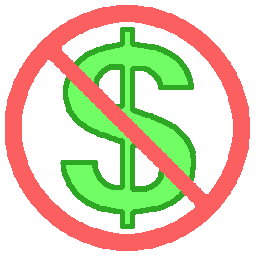 The Vox Adpocalypse
5 Jun 2019
The Vox Adpocalypse
5 Jun 2019